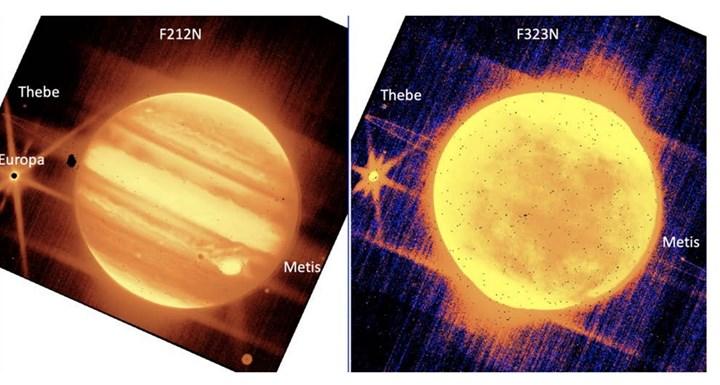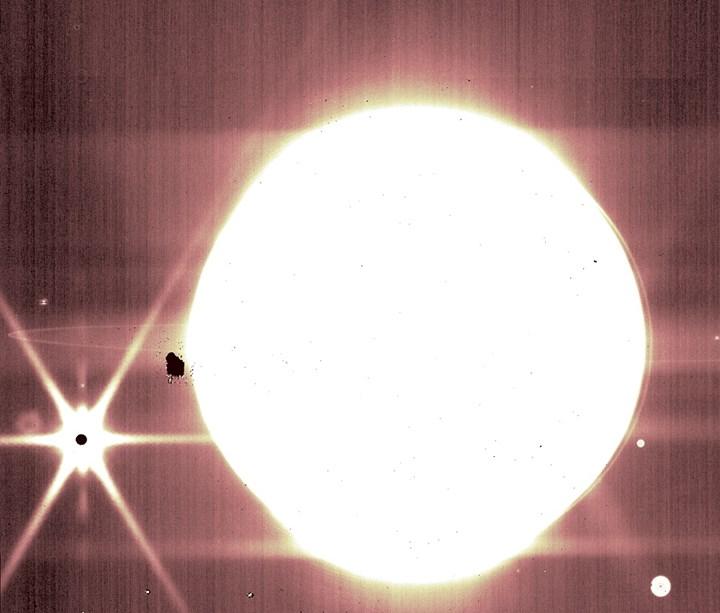
In the past few days, NASA has shared stunning photos taken by the James Webb Space Telescope. NASA had published deep space photos such as nebulae and galaxy groups in its first posts. Now, the telescope’s lens turns to a more familiar location, observing Jupiter and its moon Europa.
The images taken are based on the images obtained during the calibration phase of the James Webb Telescope. Another purpose of the calibration was to understand whether the new telescope could be used in close space exploration to observe planets, satellites and other celestial bodies. It seems that the answer to this is positive.

The goal is to take a closer look at our Solar System.
Although the photos taken do not present a fascinating image like the previous ones, the degree of importance does not change. While the rings of Jupiter are clearly seen in the shared images, the Great Red Spot of the gas giant is also seen. In addition, the planet’s most famous moon Europa, as well as Thebe and Metis moons, are featured in the photos.
Scientists wonder if we can see matter emanating from moons such as Europa and Saturn’s moon Enceladus. Webb seems to be used to satisfy this curiosity. We may see many more photos of our Solar System in the future.
On the other hand, the obtained images were taken using Near Infrared Camera (NIRCam). This was part of part of the calibration test. Because NASA wants to see the James Webb Telescope’s ability to observe objects in motion, as well as near bright celestial bodies such as Jupiter. In the statement made by NASA, it is reported that the telescope has successfully passed all tests.